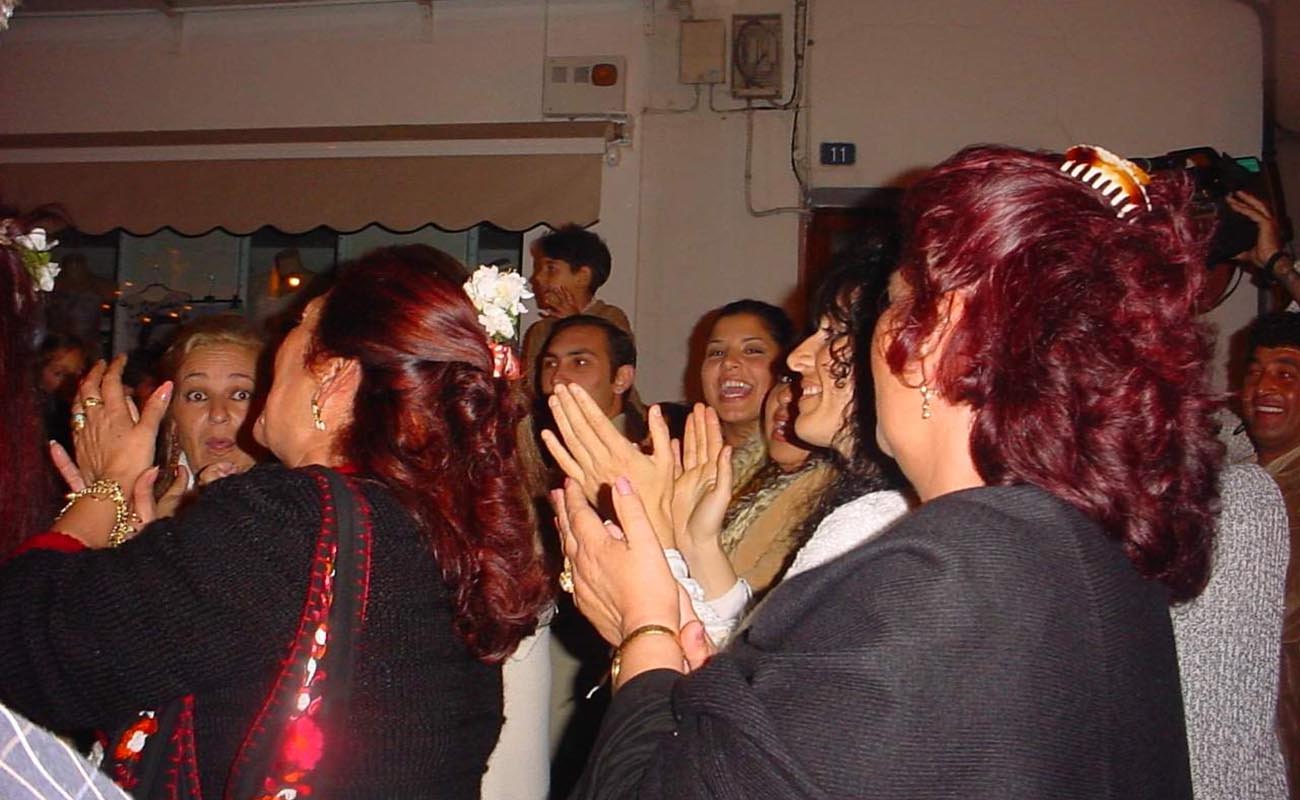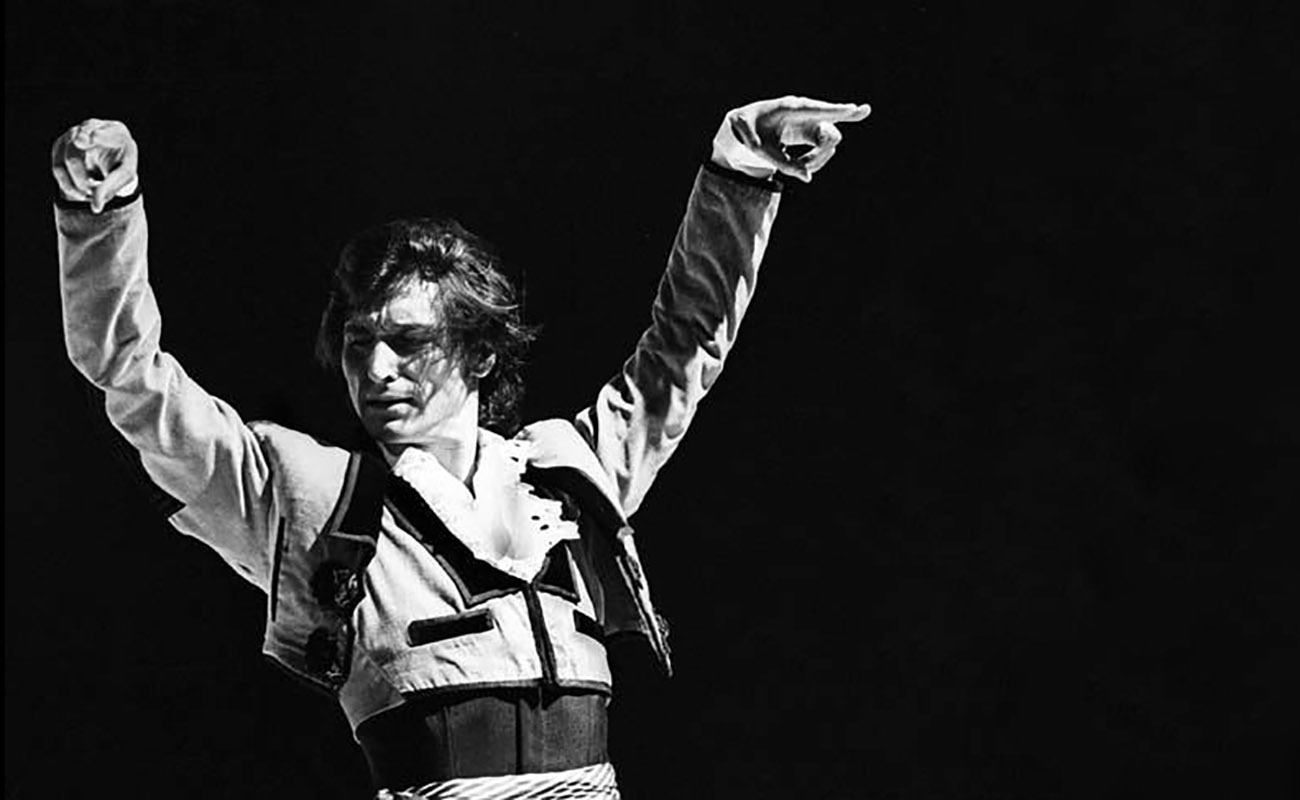Memories of Good Friday in Utrera
A beautiful flamenco delirium. And amidst all this, the distant sound of the marching band with its neo-Roman repertoire and drums, a scene worthy of Fellini.

In the 1970s I was busy discovering the picturesque sociology that surrounds Holy Week in Andalusia. In New York at that time, there was a very rich flamenco environment: Mario Escudero, the great master Sabicas, singers from Jerez (Domingo Alvarado), from Triana (Pepe Segundo), and Málaga (Paco Ortiz), among others, however, there was not, by any means, anything remotely similar to what takes place on these significant dates in certain parts of Spain.
Since then, many cherished customs have been lost. Like the memory that began one afternoon in the casino of Utrera where flamenco people regularly gathered. During those years, in the early hours of Good Friday, they would parade the Virgin of the Gypsies down Calle Nueva, the street of Pinini. Every year, there was an intense atmosphere blending religious fervor with festive rhythm, people crowded together singing and dancing, and the crush of humanity dragged you right along. On a street of less than a hundred meters, it took two hours to get from one end to the other, inch by inch, and all the while, singing and more singing, a bit of saeta, plenty of bulerías as well as tangos, fandangos, bulería por soleá, individually and in groups, verses dedicated to the Virgin, extravagant compliments that seemed to make her cry. A beautiful flamenco delirium. And amidst all this, the distant sound of the marching band with its neo-Roman repertoire and drums, a scene worthy of Fellini. With the dense crowd, it was almost impossible to move, but the Virgin kept advancing, hundreds of candles flickering, and the river of people carried you forward.
From Calle Nueva to Ximénez Sandoval plaza where Bambino’s bar was located, it was a short distance, and looking for somewhere to gather, it was the perfect place. Along the way, Turronero, Cuchara, Diego Chamona (Bambino’s brother), Gaspar de Perrate, and Marquesito joined the group, as well as Inés and Luis Suárez, niece and nephew of Fernanda and Bernarda, and guitarist Ramón Priego. An Utrera “cast” perfectly suited for the gathering that was unfolding and would go on until the morning of the following day when we went to see the return of the paso that had been parading through the streets all night and early morning. And there was still singing and dancing at the church entrance until mid-morning.
Years later, on another Good Friday, I had the opportunity to observe from within the last-minute preparations for the departure of the paso. It was impressive to be in the church with hundreds of people, each filling a role: penitents, musicians, church elders, the air heavy with incense, the Virgin and Jesus patiently waiting, hundreds of fresh flowers… And all the while, a chaotic atmosphere as we awaited the hour to leave. The priest shouted orders through a microphone that mostly produced feedback, the numerous penitents spoke on cell-phones through their masks, others recorded videos, small children who could barely walk complained about wearing the conical hats, many adolescents dressed with the greatest elegance… The sound of drums, the crowd outside the church waiting for the doors to open and the spectacle to begin, an emotional setting to stir anyone.
After leaving the church we continued down the street to the center, to a friend’s house where we’d been invited. A nondescript door opened to a large Andalusian patio. There was a big spread of cured ham, cheese, potato omelette, fried fish, pork rinds and lots of homemade wine. There was also a large platter of sandwiches and pastries as well as refreshments to receive the young men carrying the Virgin when they briefly stopped in front of the house. About fourteen men, exhausted but still going strong, entered running, they had exactly 8 minutes by the clock to eat, drink, use the toilet, have a quick smoke and return to their places to carry the Virgin on the long route that would continue for hours.
In later years there were other friends: Tomás de Perrate, Antonio Moya and Mari, the Marquesitos (sons), Manuel de Angustias, Enrique Extremeño and Manuel Requelo among many others. They no longer carry the Virgin of the Gypsies down Calle Nueva of Utrera to the beat of flamenco. I’m told that authorities considered it an undignified ritual, so much revelry on such a solemn date, and that it needed to be updated.






